


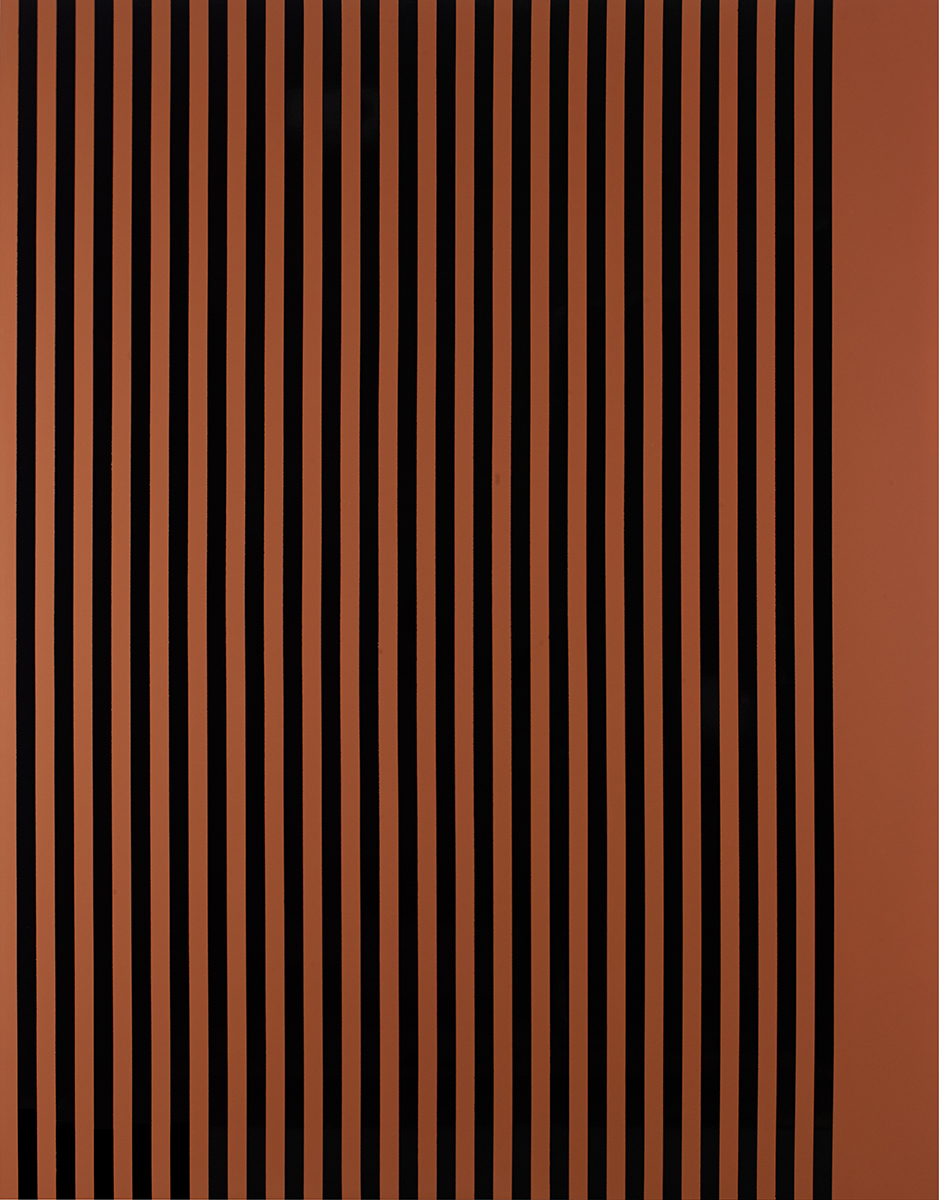
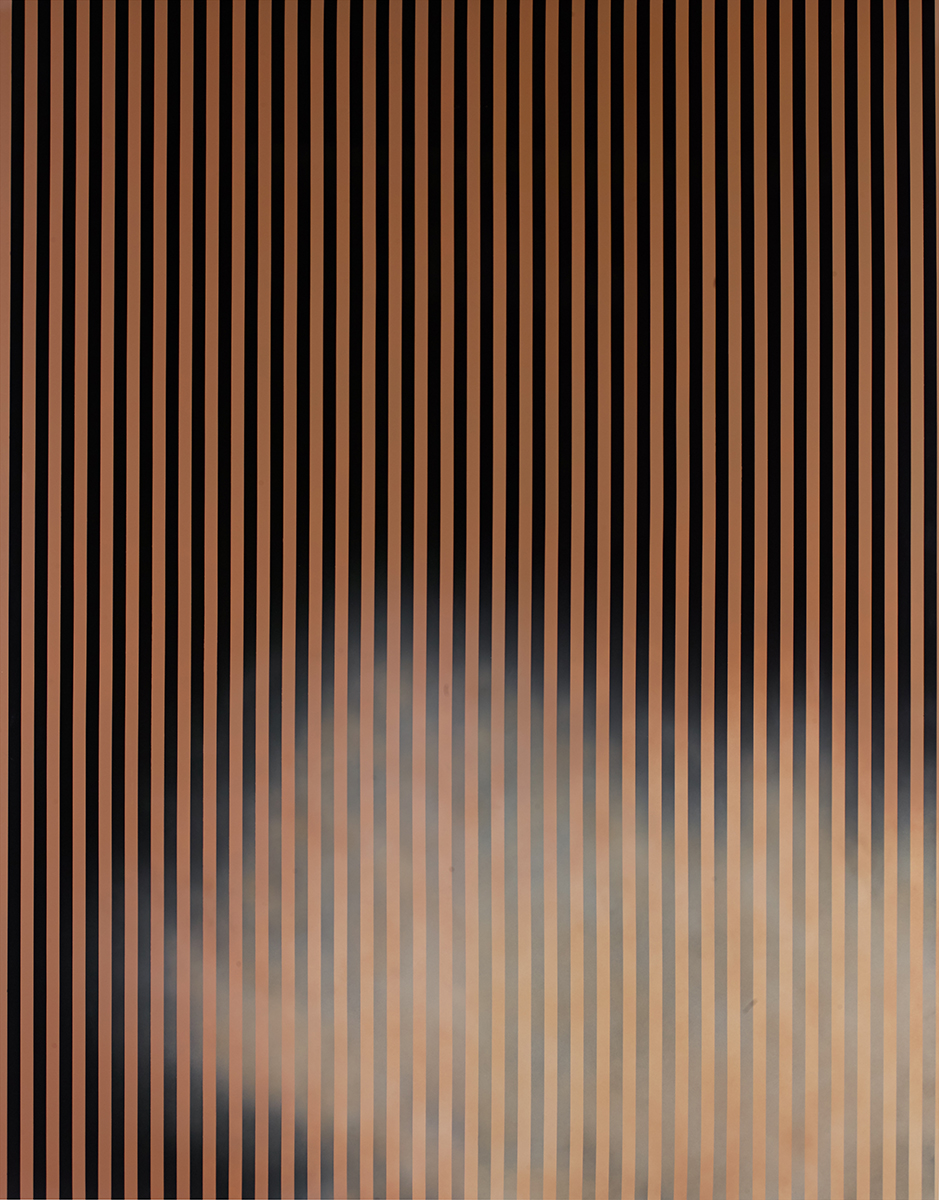
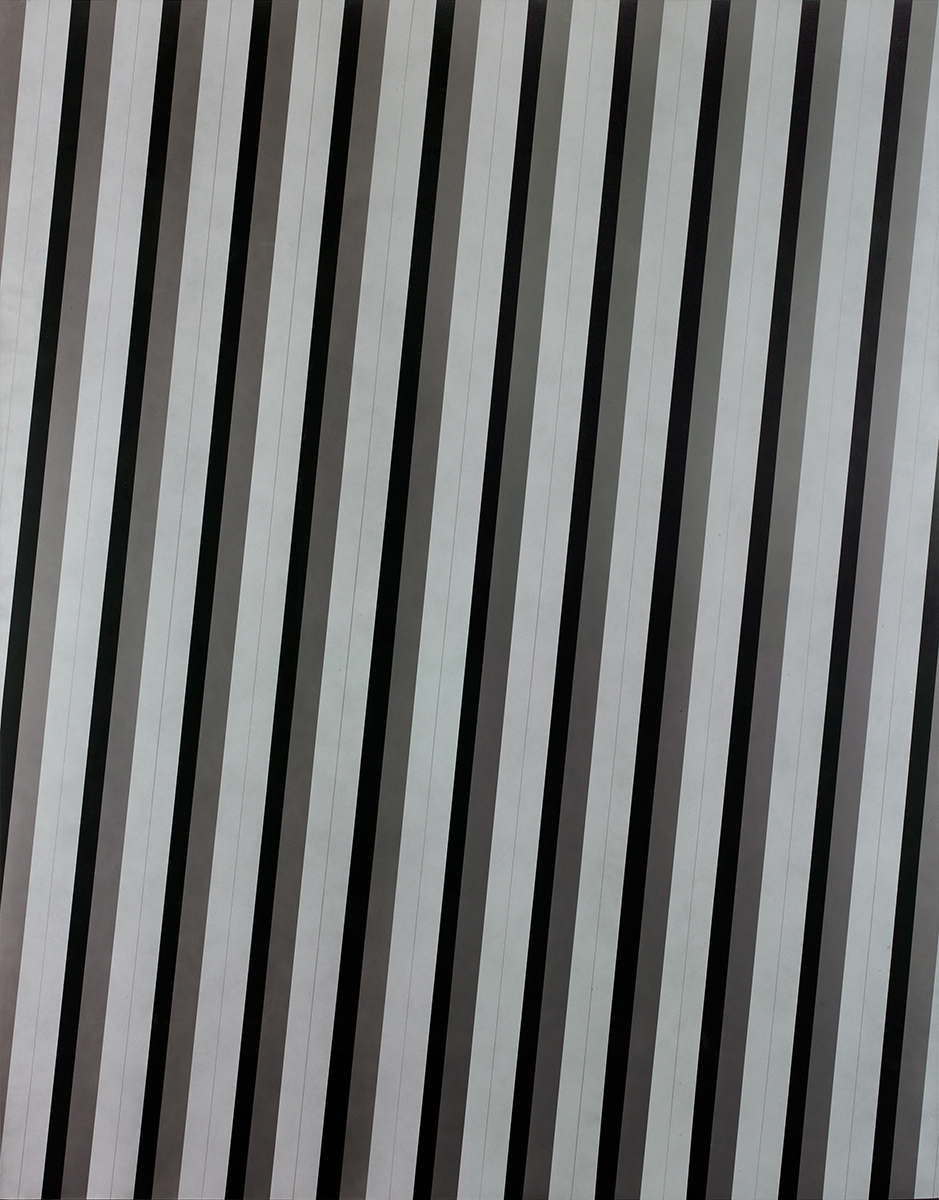
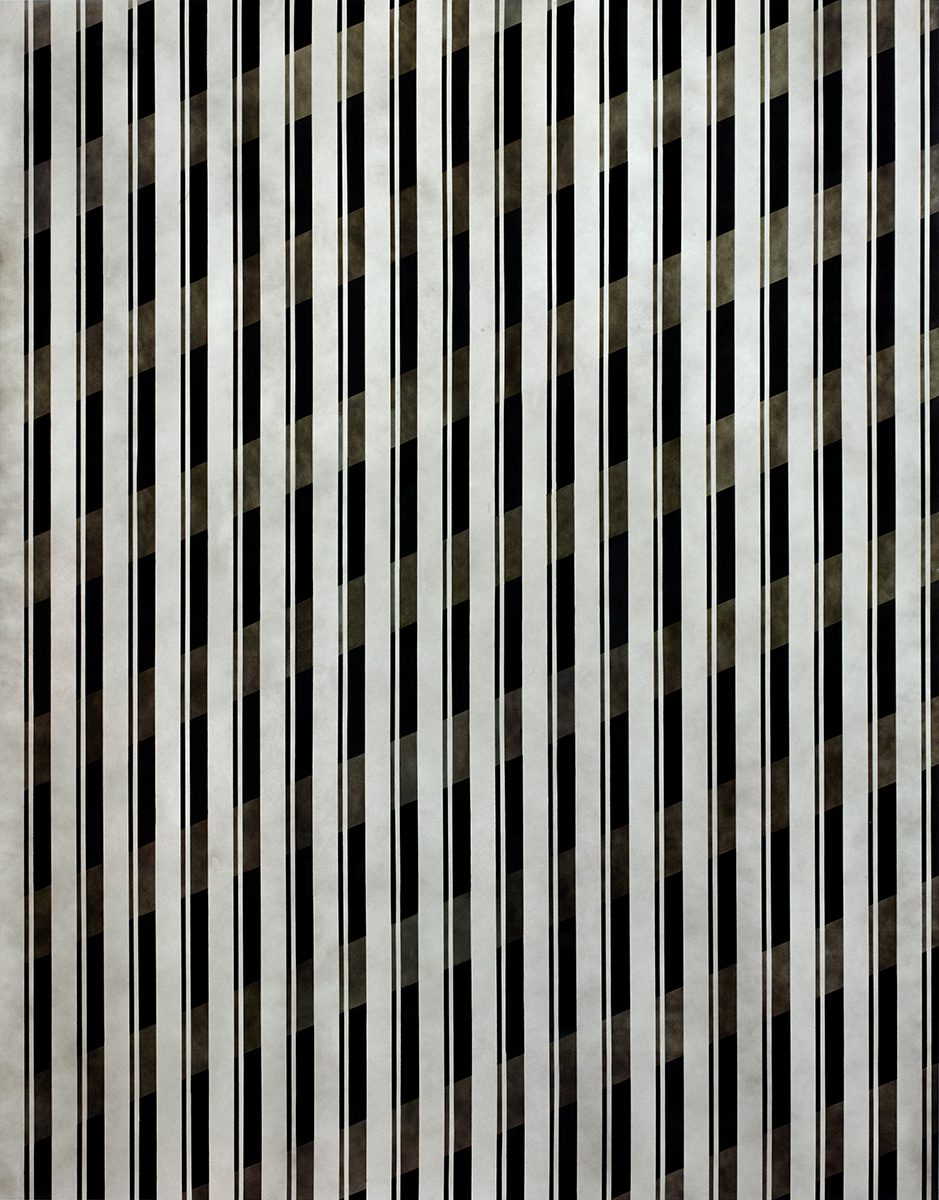
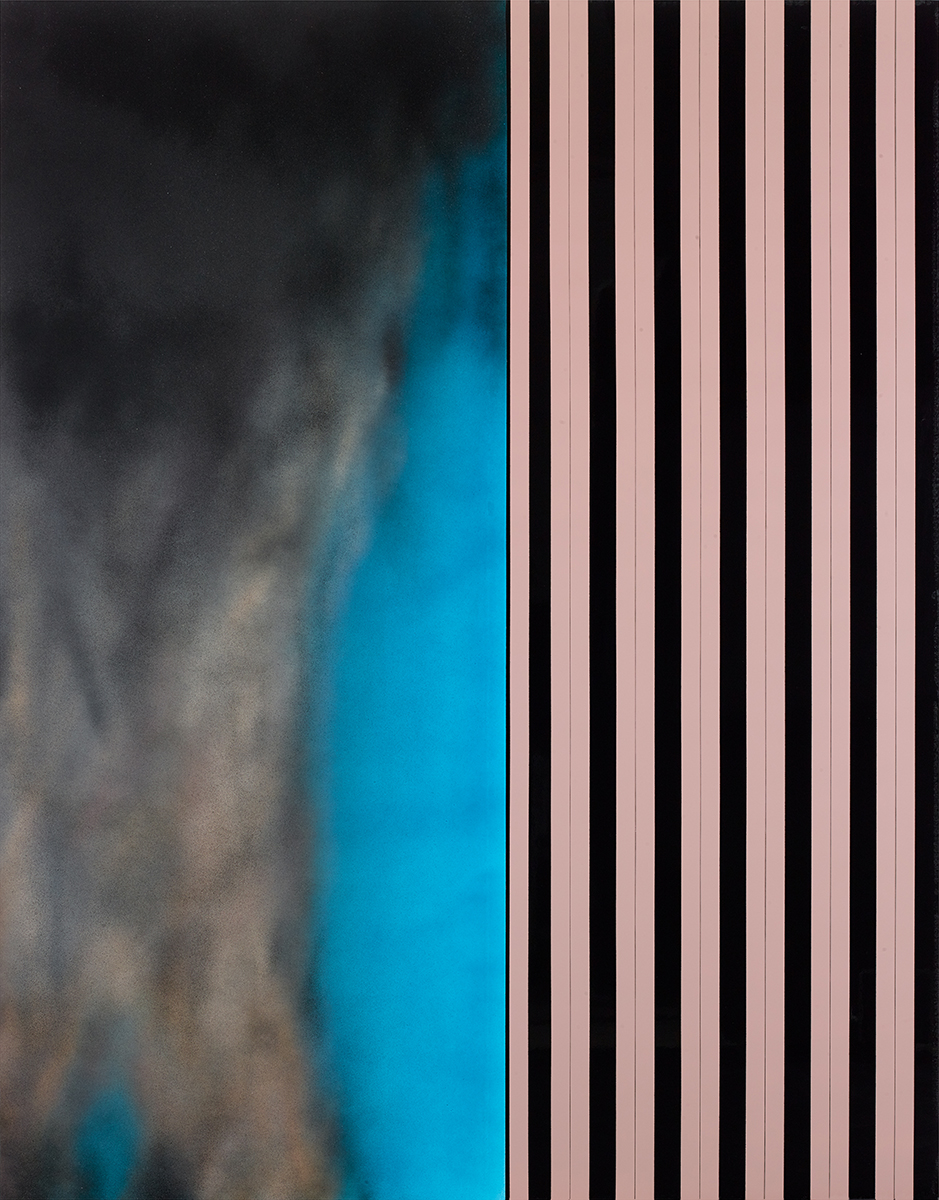
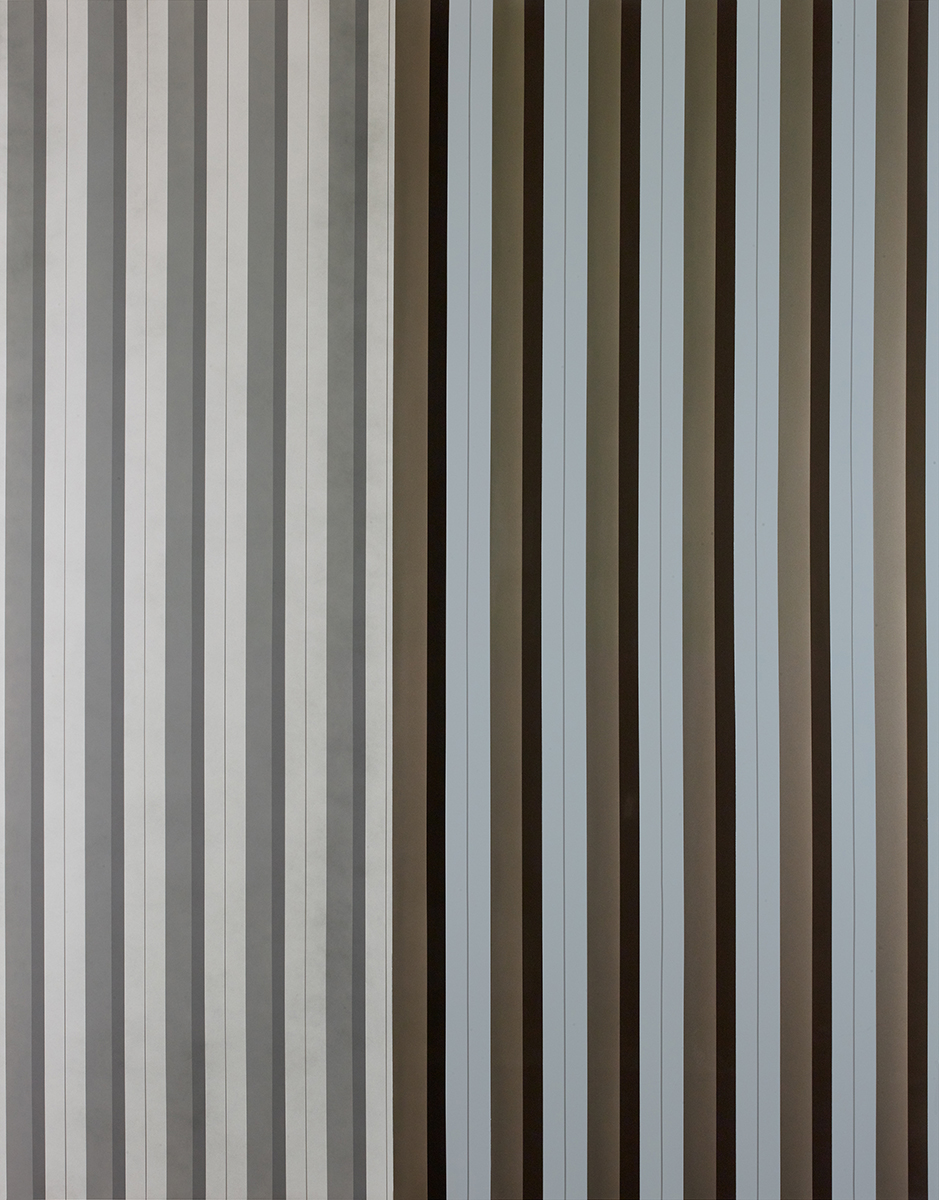
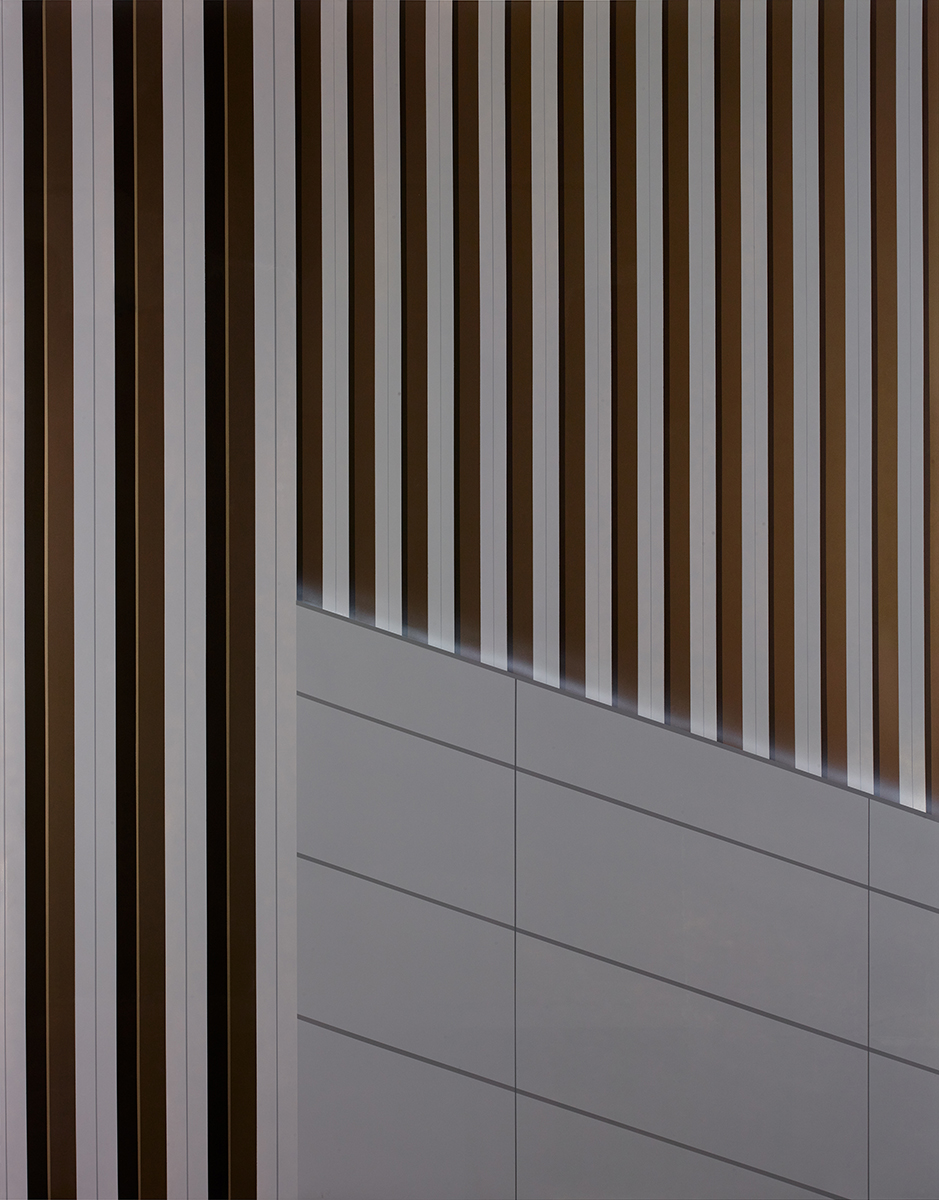
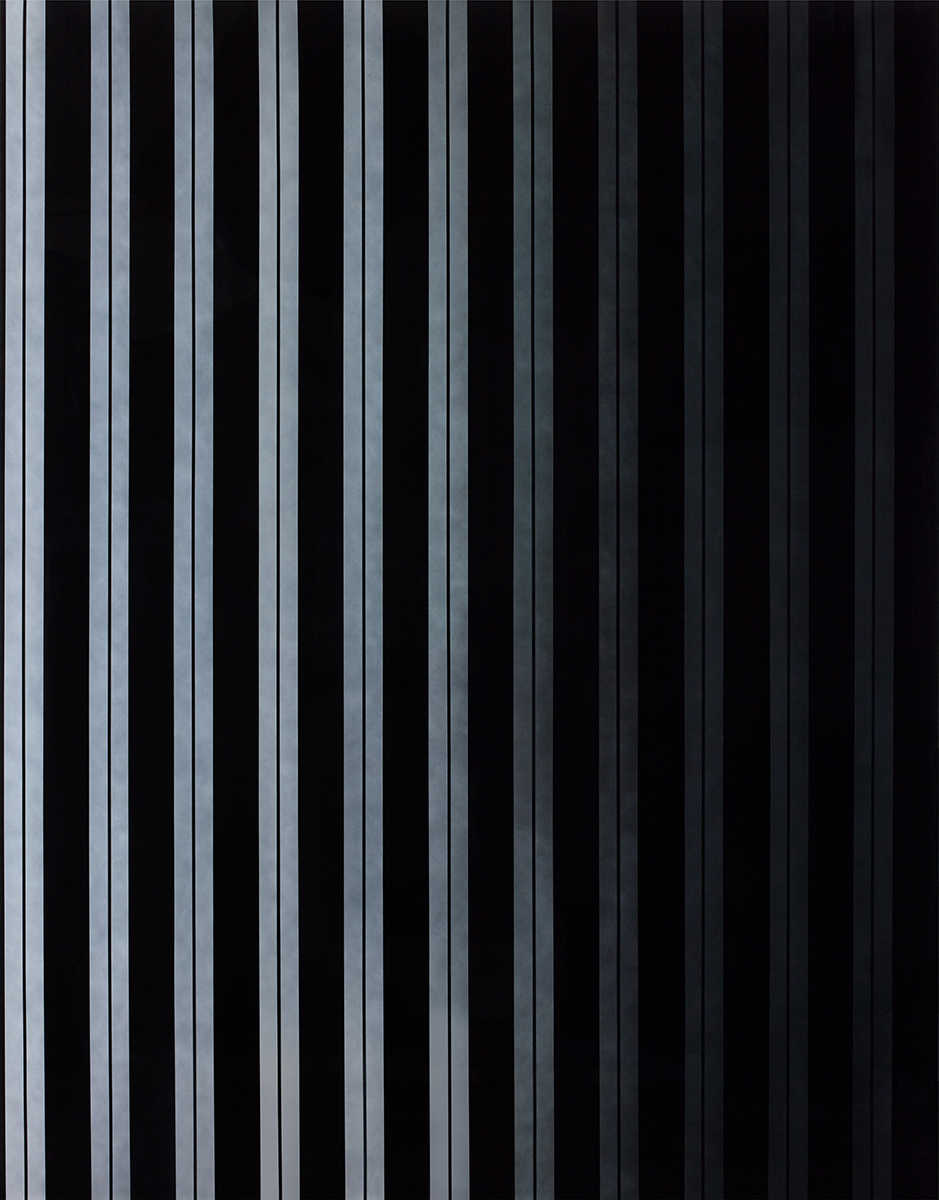
150 mph
2014 - 2015
Trauma can invest basic forms with specific associations. Minoru Yamasaki’s architecture of the Twin Towers consisted of a simple series of lines, but this generically geometric configuration is now tightly sutured to the traumatic event that destroyed them. Even seeing a closeup of the Twin Towers and its elementary design is enough to spark the memory of the September 11 attacks.
It is in front of these massive, stark lines, that an estimated 200 people jumped when the planes hit the towers. Many of the bodies reached terminal velocity, 150 miles per hour.
What does it mean to look past these falling bodies to the architecture behind? Is this a dispassionate disregard? A psychological attempt to avoid confronting a traumatic moment? For Indrė Šerpytytė, shifting focus to the backdrop of this event reveals how the buildings themselves act as witnesses and unintentional memorials. Taking its title from the speed reached by the falling bodies, 150 mph develops Šerpytytė’s deep concern with the contexts and spaces of trauma, and how architecture – usually read as something that shelters, protects, and supports – can become both an agent and reminder of death.
September 11 has become a defining trauma of the 21st century. Because it was one of the most mediated events in history, representing it (or re-representing it) is a task that concerns the ethical, the political, and the aesthetic. Does reproducing images of the Twin Towers as an artwork simply add to its reduction to spectacle? What are the stakes involved in representing a tragic and highly traumatic event?
Šerpytytė addresses these questions in the process of her work’s research and making. The artist turned to the internet specifically to source her images since it is here that they are open to various interpretations and uses. In her research, Šerpytytė explored how an event’s documentation and subsequent manipulation can indicate the ways in which people work through the trauma an event provokes.
The artist’s own manipulations and reproductions of images of the Twin Towers are similarly an act of reassessment, and an attempt to reconsider what was a defining and horrific event. Šerpytytė reminds us that in order to remember and to mourn, we have to engage in a politics of attentiveness; looking not simply at what lies right in front of us, but also at what lies behind.
Text by Yates Norton